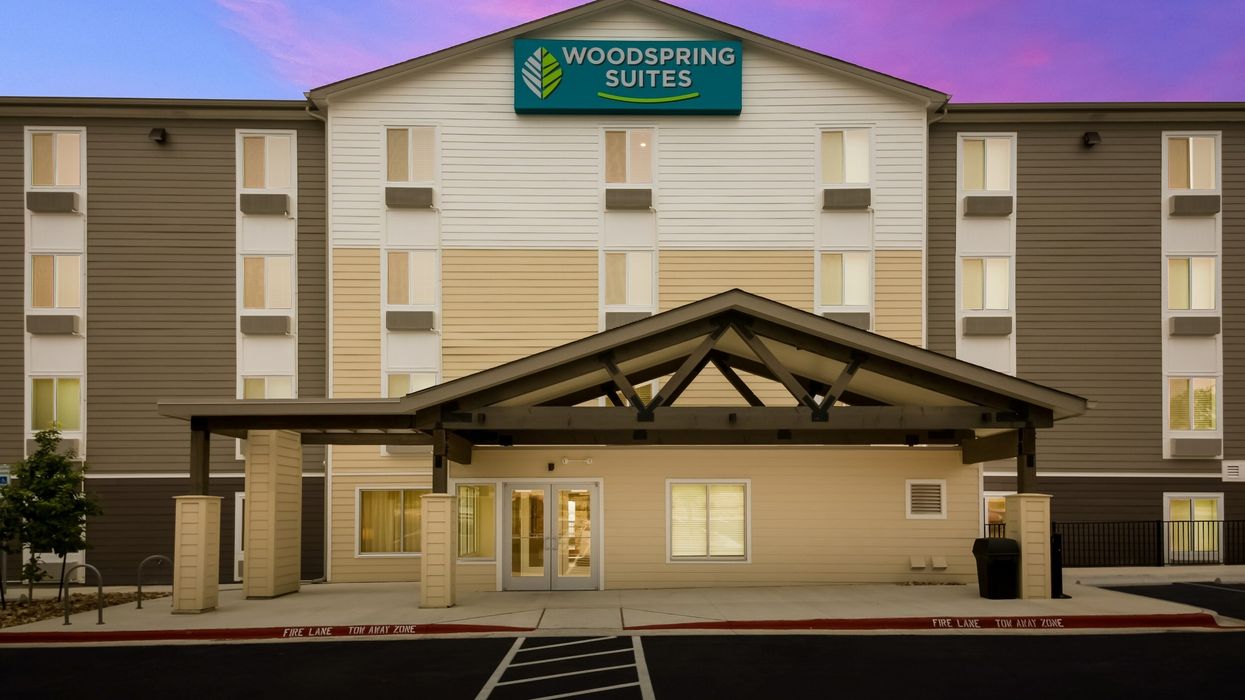Summary:
COMMERCIAL MORTGAGE BACKED securities continue to see higher delinquency rates despite some recovery after the COVID pandemic, with different hotel segments facing different challenges, according to a report by Trepp, a data and analytics firm. The report also found that a decline in capital expenditures is leading to devaluation of hotel assets.
In 2020, delinquencies for lodging sector CMBS spiked at 19.78 percent, up from 1.51 percent a year before. Trepp’s report breaks down that overall trend and the post COVID recovery according to their impact on the limited-service, full-service and extended stay segments.
Break down by segment
Limited-service properties, for example, saw the most volatile reaction to CMBS market challenges. Its delinquency rate climbed from 1.44 percent in December 2019 to a peak of 23.56 percent in December 2020. Transient demand and thinner operating margins make the segment more sensitive to fluctuations, Trepp said.
By the end of 2021, limited-service hotel delinquencies were down to 8.83 percent and dropped further in 2022 to 3.48 percent. However, Trepp said, delinquencies began rising again in 2023, reaching 5.29 percent that year and 8.35 percent as of July 2025, the highest level of any subtype and nearly triple the overall lodging average at the 2019 pre-COVID baseline.
Their reliance on business travel, meetings and group bookings led full-service hotels to be stressed in the beginning of the pandemic, Trepp said.
“Their delinquency rate hit 19.28 percent in December 2020 but has since seen a more tempered recovery compared to limited-service,” the report said. “As of July 2025, the full-service delinquency rate stands at 5.94 percent, showing modest improvement from the 2023 peak of 6.21 percent, but still meaningfully above pre-pandemic levels (around 1.6 percent).”
By contrast, the report said extended stay hotels saw stronger performance in the beginning of the pandemic, benefiting from traveling healthcare workers and essential personnel. They saw a 13.6 percent delinquency rate in 2020 versus 19 percent or higher for the others, Trepp said.
“The segment had fallen to just 1.38 percent by 2022,” the report said. “However, recent data suggest rising strain: the delinquency rate jumped to 4.03 percent in 2024 and 7.47 percent as of July 2025. This recent uptick may reflect broader macroeconomic fatigue or oversupply in certain metro areas.”
Fighting deterioration
The Trepp report said investors have grown concerned about a decline in CapEx since the pandemic, particularly in the limited-service hotel segment. The result has been visible deterioration in asset quality, meaning many properties may be underinvesting in upkeep, renovations and necessary upgrades.
“Before the pandemic, the majority of properties were spending within a relatively healthy range of $750 to $2,000 per key, with just 8 to 9 percent falling below the $750 threshold annually,” the report said. “High spenders (more than $2,000 per key) represented a modest but steady share, ranging between 10 to 12 percent from 2017 to 2019.”
That CapEx investment stopped in 2020 and the share of properties with CapEx below $750 per key jumped to 54 percent. Only 3 percent of properties were spending more than $2,000 per key on improvements as the pandemic led hotel owners to defer capital projects.
“Post-2020, one might have expected a meaningful rebound in spending – a ‘catch-up’ period to address deferred maintenance and bring assets back up to brand or investor standards. But the data suggest otherwise,” the report said.
By 2024, the share of properties spending less than $750 per key on CapEx dropped to 6 percent. Trepp said 13 to 16 percent were in the high-spending range, roughly the same as pre-pandemic levels.
“The middle tier ($750-$2,000 per key) has absorbed the shift, maintaining a roughly 77 to 78 percent share since 2021, suggesting that owners are opting for moderate upgrades, but not investing aggressively enough to reverse the cumulative effects of 2020's pause,” the report said.
Not in the clear yet
Despite some signs of recovery in lower delinquency rates for full-service and extended-stay hotels, the fact that the rates remain high for limited-service properties, combined with reduced CapEx spending, mean the market is recovering unevenly, Trepp’s report said. The limited-service segment in particular remains at risk for functional obsolescence and brand erosion.
“As investors and lenders assess lodging-backed CMBS exposure in the current market environment, headline delinquency rates should be interpreted with caution,” the report said. “Beneath the surface, capital health and reinvestment trends may offer a more accurate lens into long-term asset viability. If capital discipline does not return to pre-pandemic norms, the sector could face another wave of stress – one driven not by occupancy or cash flow, but by deteriorating physical infrastructure and declining borrower resilience.”

















